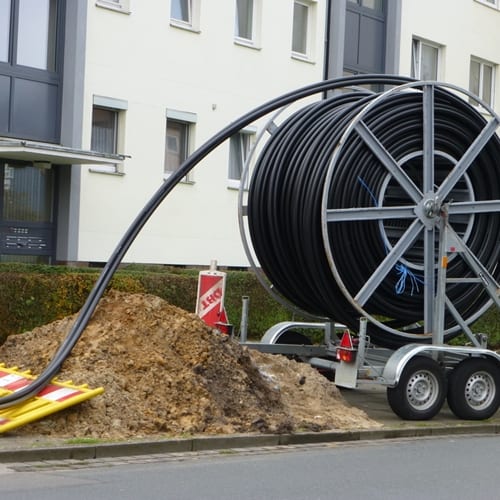New developments in the ROV sphere may impact how they perform, including how far underwater these vehicles are able to go. While they need to stay stable at greater depths, the vehicles also have to reliably transmit information. Like all technological advances, the future of ROVs could bring both opportunities and potential risks.
For ROVs to work at deeper levels underwater, several components may need to improve. Design World recently featured a look at Bulgin's specially designed connectors for high-pressure work. The company's Tether Connector can reportedly keep contact with an ROV when it is up to 7,000 meters underwater, nearly 23,000 feet.
The connector, made of stainless steel, shows a focus on the connection between the operator and the unit itself. Ideally, the vehicle could move easily underwater thanks to the stronger link, making dives more efficient.
With undersea environments potentially hurting the ROV, Bulgin clearly wants to make the connector itself stronger and able to withstand pressure and transmit both power and data to the unit onsite.
 As they travel deeper underwater, ROV operators need to maintain strong connections with their vehicles.
As they travel deeper underwater, ROV operators need to maintain strong connections with their vehicles.Exploring dangerously deep areas poses serious financial hazards to ROV users. One of the most vivid examples of this came in 2014 when the Nereus vehicle disappeared in the Kermadec Trench. The HROV had cost about $8 million to design, develop and build, according to the Woods Hole Oceanographic Institute, but that investment was lost when the vehicle vanished into the nearly 33,000-foot abyss.
ROV companies will likely keep improving what these systems can do, so businesses should look for the insurance to go with it. When marine businesses invest in the right policies, they could have support for the future.

